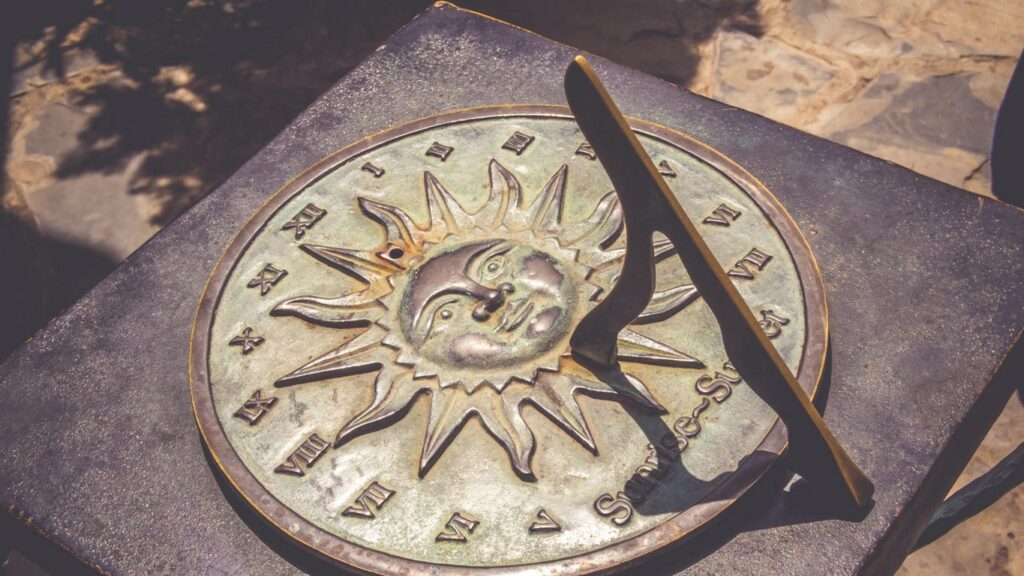Yesterday at this time it was only 6 o'clock, and now it's 7 o'clock, because according to the official information, the clocks had to be turned forward three hours at two in the morning. It is suspected that not many people took advantage of this opportunity, since those who can at this time are sleeping in a deep sleep and therefore will not wake up. In fact, it is conceivable that many people are still dozing in their beds and not setting their clocks forward. .
Today, in the digital world, the role of wall clocks and wristwatches has receded, as smartphones automatically change to the current time and many people use this to check the passage of time. Although, if you like, even the first timepieces - let's say - showed the time automatically, although there was no summer and winter time calculation at that time. Consider the sundial. As is known, the Babylonians already BC. In 2400, the year was divided into 12 equal parts and the day into 24 hours.
The earliest time measuring devices were invented in ancient Egypt. A simple version of the sundial was the shadow clock. It consisted of two wooden poles: one cast a shadow over the graduated other. Later, the "more modern" version of the sundial was used, and water and hourglasses were also used in Egypt to measure shorter times.

The first mechanical watches were made in the XIII. made towards the end of the century. These were still rudimentary, they hid large, robust structures, for example they occupied the entire church tower. Smaller versions that can also be used in households developed in the 16th century. These were the ancestors of pocket watches, in today's terms we can call them table watches, but they had a design that people could take with them when traveling.
One could list for a long time how the watch structure developed until the 20th century. century, when wristwatches appeared after pocket watches in the early 1900s. These had a mechanical structure for a long time, until quartz watches appeared in the early 70s. With this, the time of watches with a mechanical structure was sacrificed, although nowadays the watches with old structures are starting to come back into fashion. Perhaps the answer to why is that, as we know, there is nothing new under the sun, because after a few decades the appearance of the old is considered new again, but the measurement and passage of time remains unchanged.













